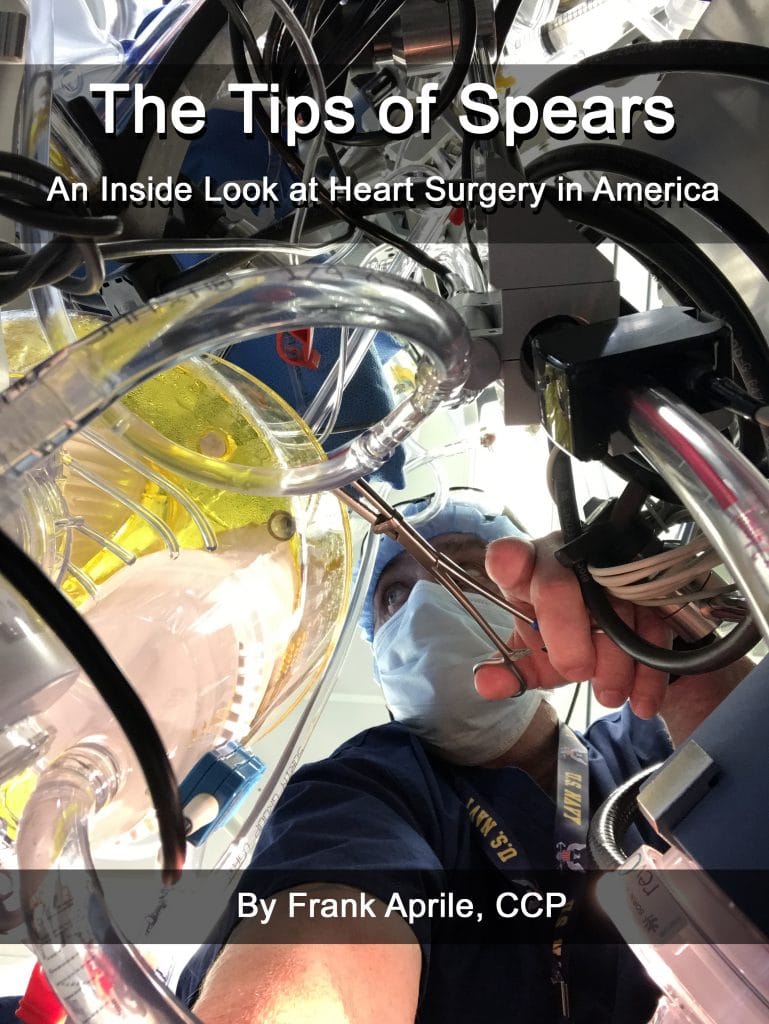Intraoperative Autologous Blood Donation Leads to Fewer Transfusions in Cardiac Surgery

Background
Blood conservation with antifibrinolytics, topical hemostatics, and strict transfusion triggers are becoming commonplace in cardiac surgery. The aim of this study was to evaluate the effect of a blood conservation protocol centering on standardized intraoperative autologous blood donation (IAD) use in cardiac surgery.
Methods
We reviewed charts of patients who underwent cardiac surgery at our hospital over an 8-year period to analyze transfusion tendencies before and after a new blood conservation policy was implemented. Propensity score matching was used to account for population differences in preoperative and perioperative covariates.
Results
Over an 8-year period (January 2009 to December 2017) 1002 patients were studied. Three hundred fifty-two patients before the new blood conservation policy (group 1) were compared with 650 patients after the change (group 2). Fewer group 2 patients required blood transfusions during their hospital stay (78% vs 61%, P < .001), were transfused fewer units (2.8 vs 1.81 units, P < .001), and experienced a shorter length of stay (8.02 vs 7.28 days, P = .012). Propensity score–matched cohorts revealed reductions in any complication (29.5% vs 18.8%, P = .007), fewer postoperative transfusions (70.1% vs 50.9%, P < .001), and a lower transfusion volume (1.82 vs 1.21 units, P = .002) associated with IAD without any associated change in mortality.
Conclusions
IAD use is associated with reduced transfusions in cardiac surgery and may be considered a complementary aspect of blood conservation. Our experience suggests it may be applied with few limitations. A causal relationship between IAD and outcomes should be established with prospective studies.
